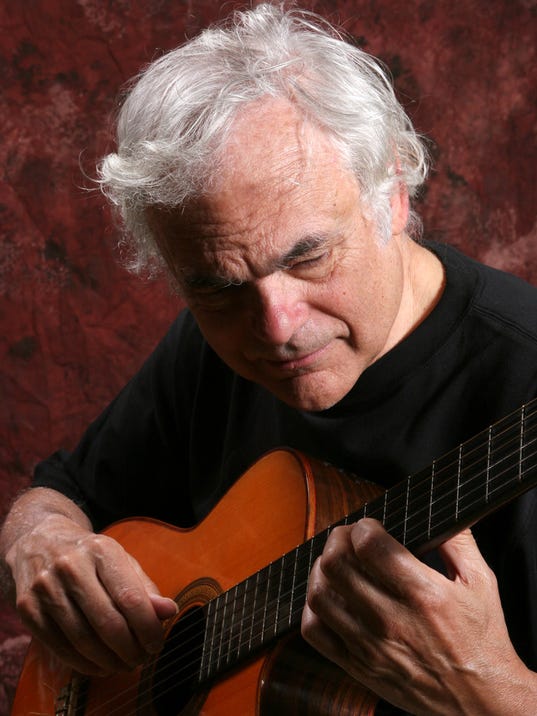
Guitar Advice to Beginners from Virtuosos
Advice to Beginners from Virtuosos
By: Katie Murray
DECEMBER 22nd, 2017
AUDIO HOW-TO
Pro tips from pro guitar players
Gene Bertoncini, Gabriela Quintero, and Charles Mokotoff, share their advice for less experienced guitarists with the ambition to succeed.
“You can’t take it anywhere unless you start with the truth.”
Gene Bertoncini is a long time jazz musician who has been playing the acoustic guitar for a lengthy six decades. A clear lover of all things musical, Gene finds the art both abstract and beautiful. He emphasizes the importance of learning through small jam sessions with other performers, but above all feels that the simple desire to play is a gift in itself. Once you possess this desire, you have to “run with it,” he says. He feels that success in the industry is dependent on having this drive to play.
Gene also describes how intuitive playing is a big part of being a successful musician. He mentioned in an interview with Guitarkadia—a blog dedicated to great stories about guitars, told through text, video, multimedia, and photos—that you don’t always have to be entirely conscious of what you’re playing in an effort to play well. He says in reference to this, “It sounds funny, but that’s okay.”
“The important part is that it has spirit.”
Check out our Your Heaven Audio CloseUp System on the Products page.
Gabriella Quintero, who combines percussive rhythms with metal techniques says in an interview with the world’s most popular music gear website Reverb, “If you think about it, all kinds of music can be played on the guitar.” This is something, which at first note, she failed to realize. The artistic freedom which the guitar offers is not necessarily available on all other instruments, which is an important thought to note when learning to play and testing out different styles.

Gabriela Quintero with her guitar
Photo by Michael Loccisano
“The important part is that it has spirit,” she goes on to say. “Music, like all expressions of art, is about filling it with spirit. Every night we play pieces that we have been playing for 10 years. They’re like your children, they grow with you, it has to have lots of spirit.”
“You have to love practicing.”
Charles Mokotoff’s career as a musician flourished throughout the 1980s. After taking a long break from music to focus on other obligations, he decided to pick it back up. “I also had an enormous capacity for practice,” says the classical guitarist in an interview with Classical Guitar, a site which includes wonderful articles on performing, practicing, interpretation and techniques related to the guitar.

Charles Mokotoff
Photo by Cindy Dyer
Mokotoff is a firm believer in the necessity of deliberate practice when aiming for success. “I would spend at least an hour with the guitar. I wrote out a schedule of pieces to review, new music to learn, and at least 15 minutes or so of technical exercises.You have to love practicing, I really look forward to my time with the guitar, I never feel like it is a chore.”

Charles Mokotoff playing guitar
Photo by Cindy Dyer
One important piece of advice which all of the above artists agree on, is that it’s crucial you learn from watching and connecting with other more knowledgeable artists as often as possible. These musicians value their own encounters with mentor type figures in their lives. So get networking and get practicing because one day, you could be someone else’s inspiration.












































